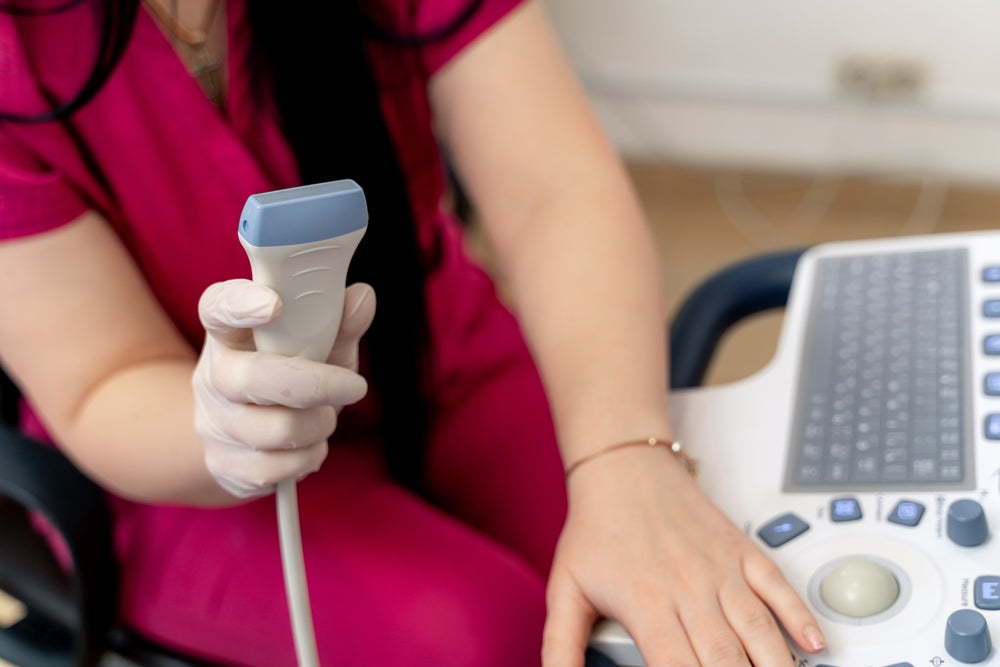Advancements in software, hardware, and consumables in diagnostic imaging are being driven by the demand for early disease diagnosis and personalised medicine.
According to insights from GlobalData, a leading data and analytics company, developments in AI, imaging agents, and ultrasound technology are set to usher in a new era of faster, more accurate, and widely accessible diagnostic capabilities.
AI holds promise for improving efficiency and precision in image analysis. It is rapidly evolving in various medical sectors, and diagnostic imaging can make use of the technology for both image collection and analysis.
AI-integrated systems and computer vision can be used to identify abnormalities in patients’ scan images and streamline radiologists’ workload by suggesting items for review and potential treatment pathways based on a patient’s medical history.
With further development, AI could also benefit molecular imaging research, which is crucial in understanding various diseases by offering the ability to identify and assess biological processes at the cellular level.
In recent years, there has been a surge in the development and demand for contrast agents and nuclear imaging agents – compounds used to enhance diagnostic scans and improve image accuracy by identifying specific cells or tissues.

US Tariffs are shifting - will you react or anticipate?
Don’t let policy changes catch you off guard. Stay proactive with real-time data and expert analysis.
By GlobalDataMany imaging agents are intended for applications in oncology, where early diagnosis is critical for patient outcomes.
Specificity between normal cells and cancer cells is valuable, but difficult to obtain, information.
GlobalData’s Pipeline Products Database reveals that in 2024, imaging agents account for nearly 60% of all diagnostic imaging devices in development, with 50% of pipeline imaging agents intended for use in oncology.
Additionally, the number of nuclear imaging agent approvals expected in 2024 is twice the number of approvals from 2023, further illustrating their significance and developing commercial presence.
Finally, ultrasound devices have been gaining popularity due to their user-friendly, safe, and cost-effective design.
GlobalData’s database analysis reveals that ultrasound devices currently account for 12% of diagnostic imaging devices in development and for the highest number of expected device approvals in 2024 of any diagnostic imaging device market.
In particular, handheld ultrasound devices are emerging as valuable tools for preventive screening, diagnostic tests, and monitoring changes in response to treatment.
These devices are expected to leverage recent advancements in AI and imaging agents to further increase efficiency and accuracy, and to expand their imaging capabilities.
These advancements are expected to unfold in 2024 and contribute to diagnostic imaging’s increasingly pivotal role in preventive healthcare and early disease detection.
As the global population ages and diseases such as cancer become more prevalent, enhancing the efficiency, accuracy, and accessibility of diagnoses will be crucial.






